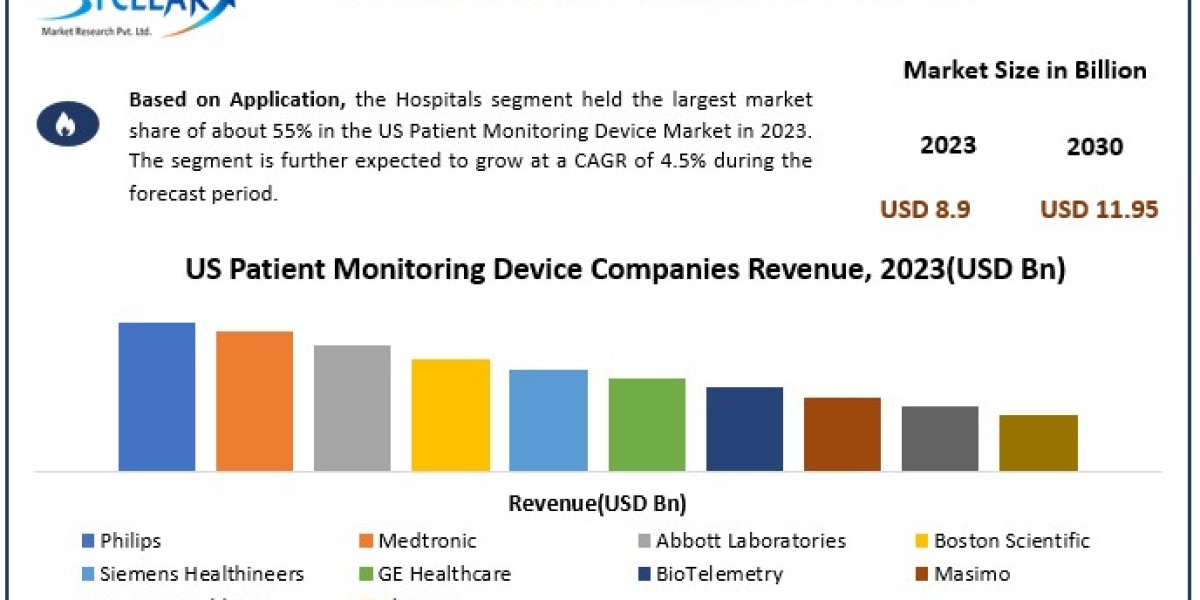Have you ever wondered how your favorite products journey from raw materials to your doorstep? The answer lies in the intricate dance of the supply chain management process. It's the invisible thread that connects manufacturers, suppliers, distributors, and retailers, ensuring a seamless flow of goods.
The Supply Chain Management Process: A Step-by-Step Guide
1. Plan
Demand Forecasting: Predicting future demand to optimize production and inventory levels.
Supply Planning: Identifying reliable suppliers and negotiating favorable terms.
Production Planning: Scheduling production to meet demand while minimizing costs.
2. Source
Supplier Selection: Choosing suppliers based on factors like quality, cost, and reliability.
Procurement: Placing orders and managing the procurement process.
Supplier Relationship Management: Building strong relationships with suppliers to ensure timely deliveries and quality products.
3. Make
Production Planning: Scheduling production activities to meet demand.
Manufacturing: Transforming raw materials into finished goods.
Quality Control: Ensuring products meet quality standards.
4. Deliver
Logistics: Planning and executing the physical movement of goods from the manufacturing facility to the customer.
Transportation: Choosing the most efficient mode of transportation (e.g., truck, rail, ship, air).
Warehouse Management: Storing and managing inventory effectively.
5. Return
Reverse Logistics: Handling returns, repairs, and recycling.
Customer Returns: Processing returned goods and issuing refunds or replacements.
Product Recall: Managing product recalls efficiently and minimizing damage to the brand.
The Importance of Effective Supply Chain Management
Cost Reduction: Optimizing processes, reducing waste, and negotiating better deals with suppliers.
Improved Customer Satisfaction: Ensuring timely deliveries, accurate orders, and high-quality products.
Enhanced Brand Reputation: Building trust with customers through consistent performance and reliability.
Increased Revenue: Identifying new market opportunities and expanding distribution channels.
Risk Mitigation: Proactively identifying and addressing potential risks, such as supply chain disruptions or natural disasters.
Common Challenges in Supply Chain Management
Global Supply Chain Complexity: Navigating complex global supply chains with multiple stakeholders and varying regulations.
Supply Chain Disruptions: Dealing with unexpected events like natural disasters, labor strikes, or geopolitical tensions.
Demand Variability: Managing fluctuating demand and avoiding stockouts or excess inventory.
Rising Costs: Controlling costs related to transportation, labor, and raw materials.
Increasing Customer Expectations: Meeting ever-increasing customer expectations for faster delivery times and customized products.
The Future of Supply Chain Management
Digital Transformation: Leveraging technology to improve visibility, efficiency, and agility.
Artificial Intelligence and Machine Learning: Using AI and ML to optimize forecasting, inventory management, and logistics.
Internet of Things (IoT): Tracking and monitoring products and assets in real-time.
Sustainable Supply Chains: Focusing on environmental and social responsibility.
FAQ
What are the key performance indicators (KPIs) for supply chain management?
Key KPIs include order fulfillment rate, delivery time, inventory turnover, and customer satisfaction.
How can I improve supply chain visibility?
Implement a robust supply chain management system (SCMS) and use real-time tracking technologies to gain better visibility.
Conclusion
The supply chain management process is the lifeblood of modern businesses. By understanding its key components, challenges, and future trends, organizations can optimize their supply chains, reduce costs, and deliver exceptional customer experiences. So, the next time you receive a package, take a moment to appreciate the complex network of people and processes that made it possible.








